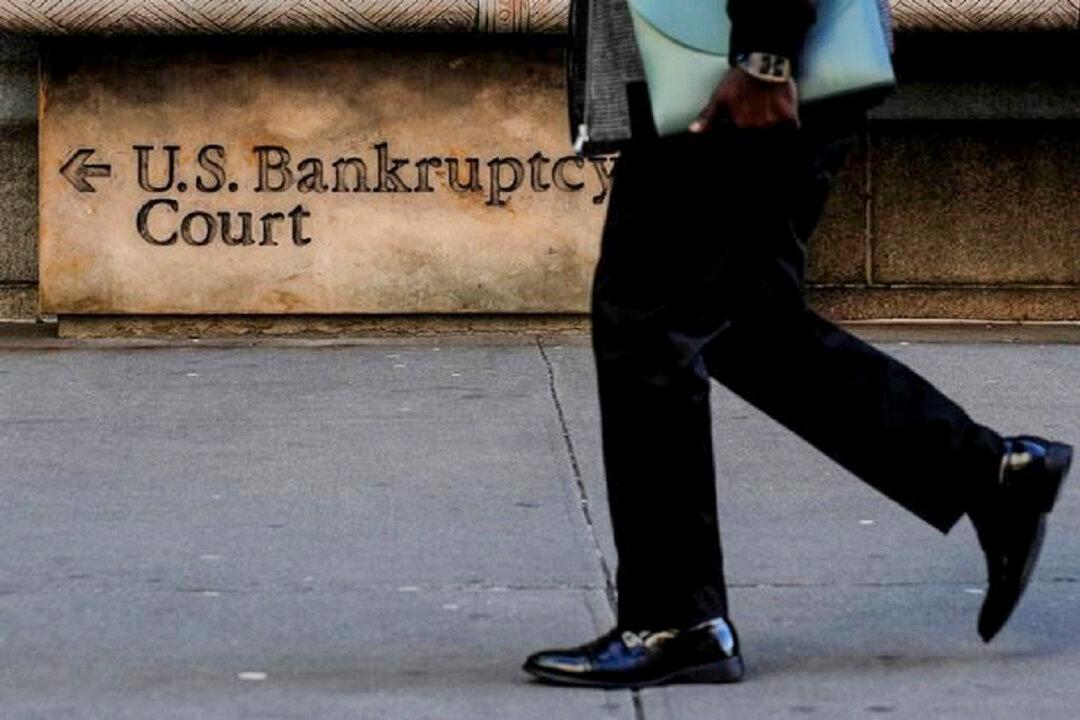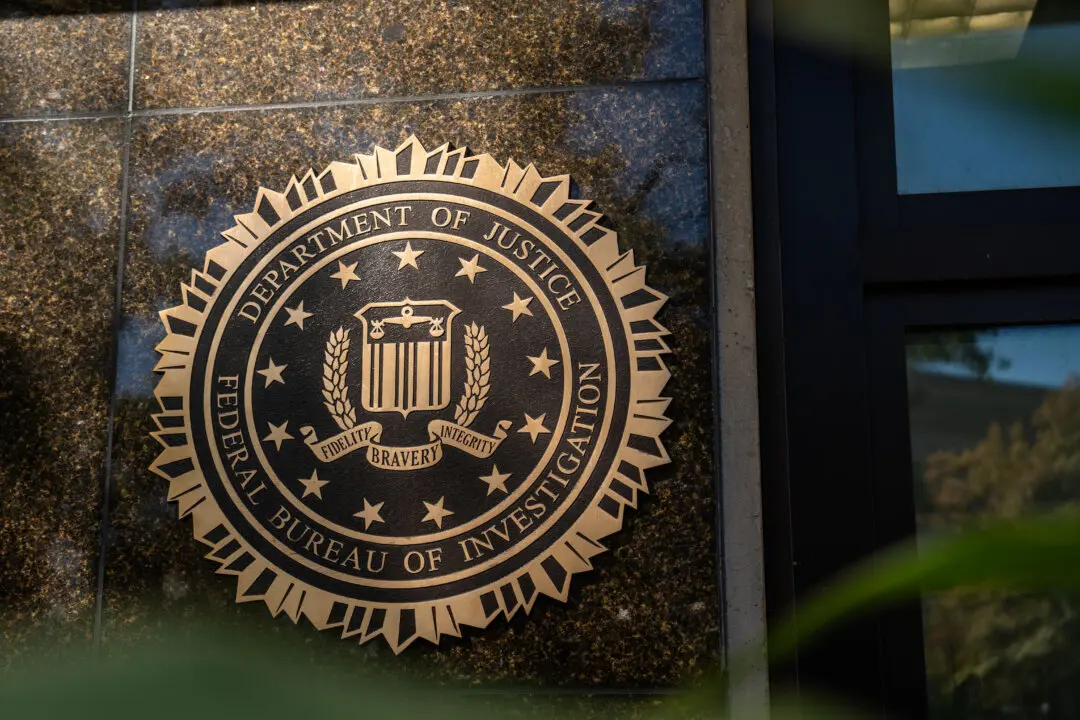LL Flooring, a specialty retailer of hard-surface flooring, has filed for Chapter 11 bankruptcy protection and is looking to sell its business after facing liquidity issues.
The bankruptcy request was filed in the U.S. Bankruptcy Court for the District of Delaware on Aug. 11. The company is pursuing a “going-concern sale” of its business, indicating LL Flooring will sell the assets to a buyer while keeping intact all of the things required to continue running the enterprise.





